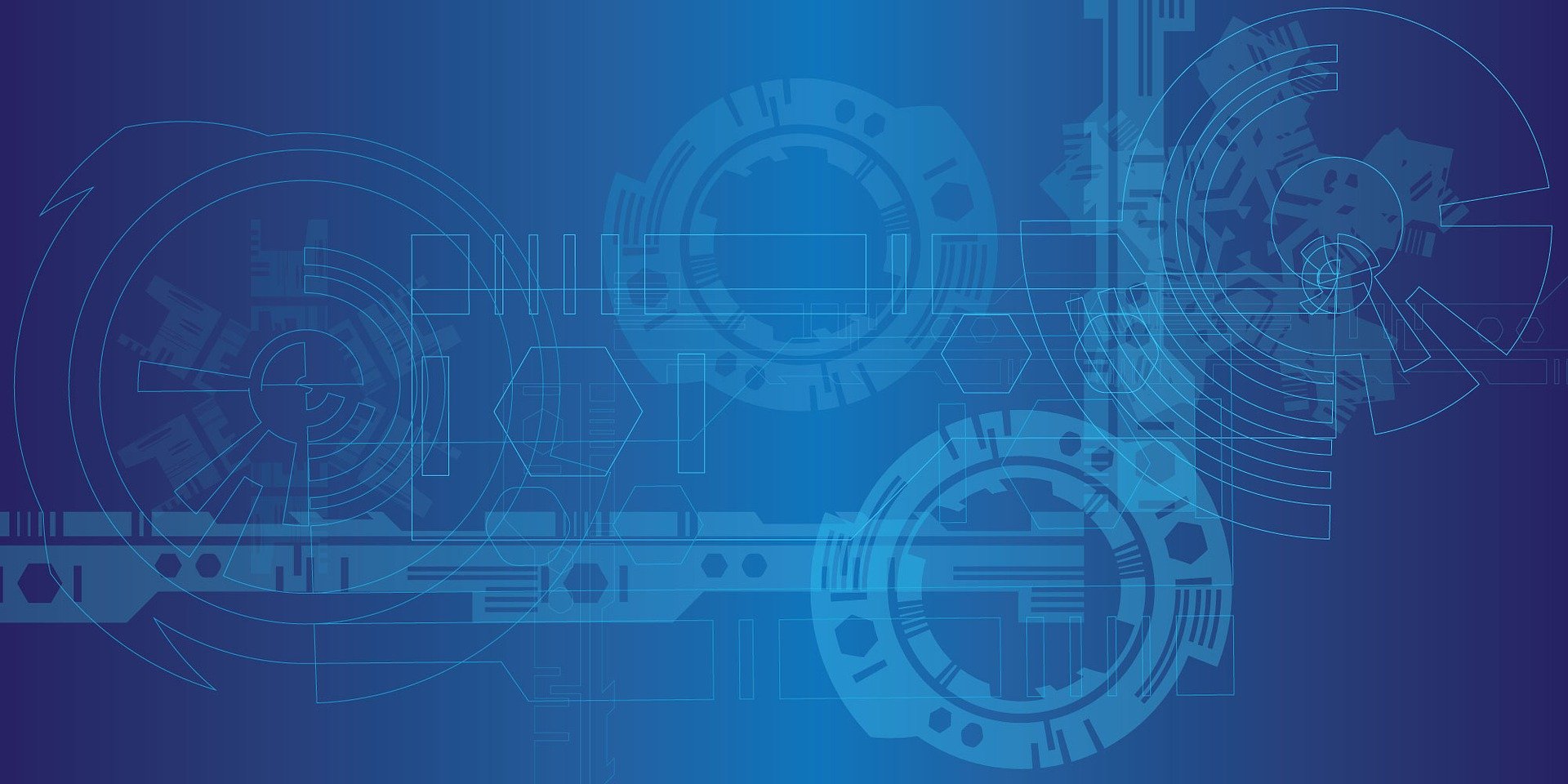A modern supply chain is characterized by efficiency, transparency and flexibility. The benefits affect not only the retailers but also end consumers. Consequently, the transformation of traditional warehousing to a modern solution is essential to stay competitive in the E-Commerce market.
The question therefore arises why stick with rusty processes? Out with the old, in with the new!
Use of the modern Supply Chain in Online Trading
Delivery time from five to seven days? Long gone. Consumers expect cost-effective and fast delivery, preferably with tracking and various options for the pick-up. To ensure this and remain competitive, the use of a modern supply chain is necessary. Because we all know: Only satisfied customers will come back again.
By using different distribution channels, a larger and more specific target group can be addressed. Also for this reason, retailers rely on a so-called omni- or multichannel strategy.
Multichannel: At least two channels are available to the costumer, f.e. the customer can access the products offline (in the store) as well as online via the online shop.
Crosschannel: The sales channels are linked together. This means that the customer can order a product online and pick it up offline in the next store - and vice versa. A crosschannel also enables online information about the availability of the offline product in the stationary store, for example.
Omnichannel: In addition to that, a omnichannel blends all communication channels together. Each available channel should be simultaneously usable by the customer, including the integration of social commerce (sales through social platforms like Instagram). The following scenario describes the omnichannel by an example: Person A receives an advertisement for mobile phone covers via Facebook. If he is interested, he clicks on the ad and gets redirected to the online shop where he can pay for the mobile phone cover directly online. The pickup happens offline, in the nearest stationary shop. In fact, he touched several communication and distribution channels, offline and online.
Increasingly more companies are using new technologies to improve multichannel sales. By this, the traditional supply chain needs to be adapted to modern technologies. Next to the improvement of logistic processes, the customer satisfaction will enhance as well.
How do you distinguish a traditional supply chain from a modern one?
Modern supply chains are characterized above all by a high degree of adaptability to requirements. On-demand solutions for warehousing, fulfillment and transportation regulate the processes automatically. Each step is electronically recorded and thus transparent - an attribute that traditional supply chains often miss.
There are three main differences between a traditional and modern supply chain:
- Technology: Traditional warehousing can only rely on separate technologies. This means that implementation or management is done by independent programs, which do not provide a consistent overview of the data of the entire network. Modern warehousing, on the other hand, offers a uniform technology platform. This ensures a high degree of transparency and control.
- Costs: Traditional warehousing usually requires a high start-up and fixed costs. Permanent investments and initial costs lead to unused capacities and services that still have to be paid for. In addition, contracts often bind customers for several years. Modern warehousing is based on a pay-as-you-go system: You only pay for the space you need and the services you use.
- Limitations:Growth of traditional warehousing is very limited due to location, also supply chains react inflexibly to adjustments. New solutions offer an expansive network that can easily adapt to changes. This ensures a high degree of flexibility.
Basically, it can be said that modern supply chains impress primarily with their flexibility, transparency and a high level of control. Traditional warehousing is no longer up to date and hinders growth, customer orientation and innovation in the E-Commerce business. Therefore, it is advisable to equip your business with a modern supply chain.
Trends for the modern Supply Chain
Looking to the future, the use of intelligent technologies in the logistics sector might be indispensable. The following trends can be identified as key factors for a modern supply chain:
- Use of new Technology: Big data, Artificial Intelligence, Internet of Things - this is what drives supply chain efficiency. So far, only about 20% of companies use Big Data for planning logistics processes.It can be assumed, that this will change as digitisation progresses.
- Individualization (Batch size one*): New concepts are required here. Batch size of one means ordering individualized products directly from the brand. That is because customers are increasingly demanding the possibility of being able to purchase selected products individually and tailor-made.
- Sustainability: Especially in 2019, environmental and climate protection was a significant issue. Sustainability will thus also make itself apparent in the modern supply chain. Restructuring to environmentally friendly packaging, sustainable transport routes, as well as transparent proof of the origin of components will be the future objectives.
Batch size the quantity of a product that is manufactured within a production order. Batch size 1 refers to the optimum product quantity that can be produced in succession without interruption. Digital production methods allow individual products (custom-made products) to be created in batch size 1, making them profitable and affordable in production and for the customer.
Almost every product is available online and consumers have become accustomed to E-Commerce business. Here, retailers can take advantage of modern supply chains and become more oriented towards what customers want. At the same time, processes can be optimized, costs reduced and profits increased.
Warehousing1 offers a central channel to find suitable storage space and corresponding services for handling processes in the warehouse. By means of a cloud-based platform and the use of artificial intelligence, Warehousing1 aims at a digital and future-oriented approach. The focus is on the elements of the modern supply chain: Warehousing1 provides a digital, cost-efficient and flexible solution. Please arrange an initial meeting today to expand your possibilities.



